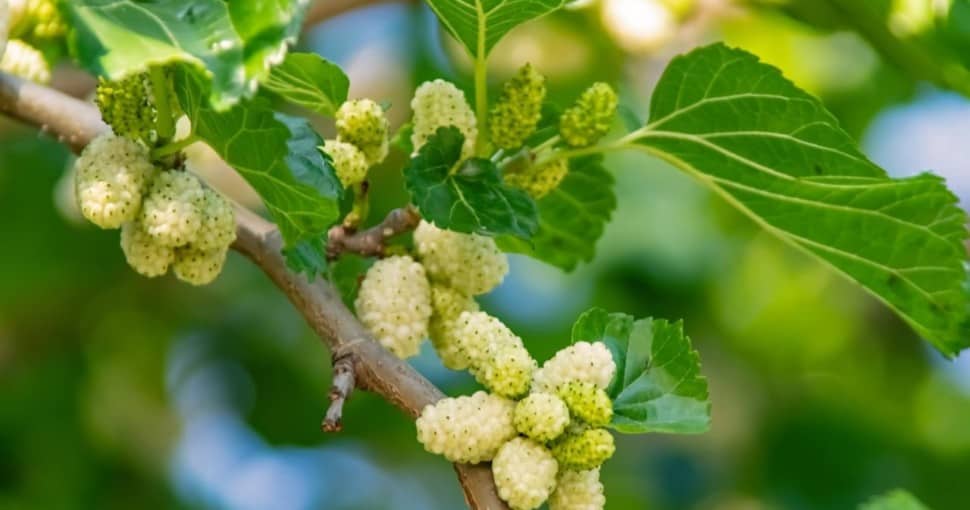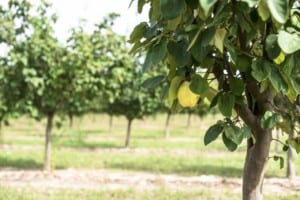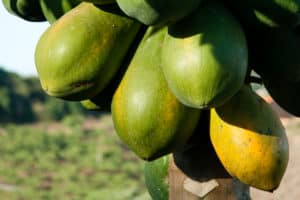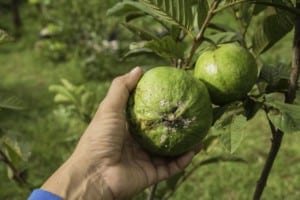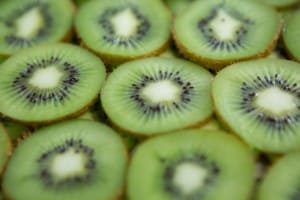Mulberries come from the Morus Alba tree, and they have leaves that are thin and glossy. They are light green and contain nutrients that are beneficial to silkworms. They have fruit that looks similar to grapes, and they are red, white, or purple. The two types of mulberry are the red mulberry and the white mulberry.
Contents
While the red mulberry is not poisonous for people, all parts of the white mulberry except the ripe fruit contains milky sap that is poisonous to humans. The sap is latex. If people eat fruit that isn’t ripe, they can get an upset stomach or even hallucinations.
Related: 26 Different types of mulberry trees
Are Mulberries Poisonous to People?
All parts of the white mulberry tree are poisonous to people except ripe fruit. It contains latex in its milky sap. Ripe fruit is edible, but it must be red. However, if it isn’t ripe yet, it can cause an upset stomach, stimulation of the nervous system, or hallucinations.
There are a number of benefits to eating mulberries. First, they have DNJ, a compound that helps improve blood sugar. They can also improve digestive health because they are 25% soluble fiber and 75% insoluble fiber. They are known to lower levels of bad cholesterol and prevent cardiovascular problems.
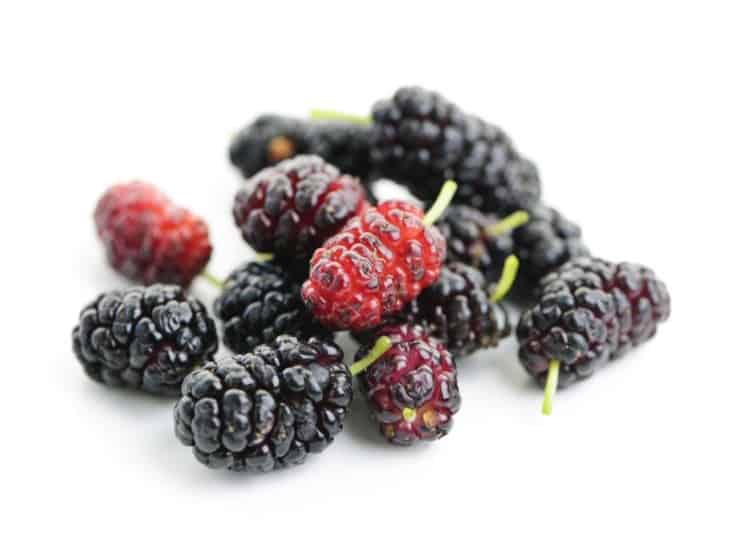
Mulberries have been used in Chinese medicine for hundreds of years as a treatment against cancer. They contain anthocyanins that keep cancer cells away. They also have resveratrol, which helps fight colon cancer, skin cancer, prostate cancer, and thyroid cancer. They also offer immune system support. Mulberries have alkaloids that activate your macrophages to stimulate the immune system.
In addition, mulberries are full of antioxidants, including resveratrol, and they can improve liver health. Mulberries prevent the buildup of fatty deposits around the liver, protecting it from different hepatic diseases. As long as you eat ripe red mulberries, they are not poisonous.
Are Mulberries Poisonous to Dogs?
Ripe mulberries are not poisonous to dogs. They can eat small numbers of mulberries, as long as they are ripe. Dogs won’t normally eat too many mulberries because they are carnivores. If they eat too much, they may have an upset stomach or runny stool.
However, dogs should not eat unripe mulberries. They will cause an upset stomach. In addition, they can cause hallucinations. Mulberries contain chemicals that cause hallucinations, and they use them and change them as they ripen.
Once mulberries are ripe, they are around 80% water. They can also be dried, but you shouldn’t let your dog eat dried mulberries because they have high levels of sugars and juices, which are bad for dogs.
There are some benefits to mulberries in small amounts. They can help dogs with digestive health because they have a high fiber content. They also enhance the blood circulation by boosting red blood cell production. They contain calcium, vitamin K, magnesium, and phosphorus, which promotes healthy bones.
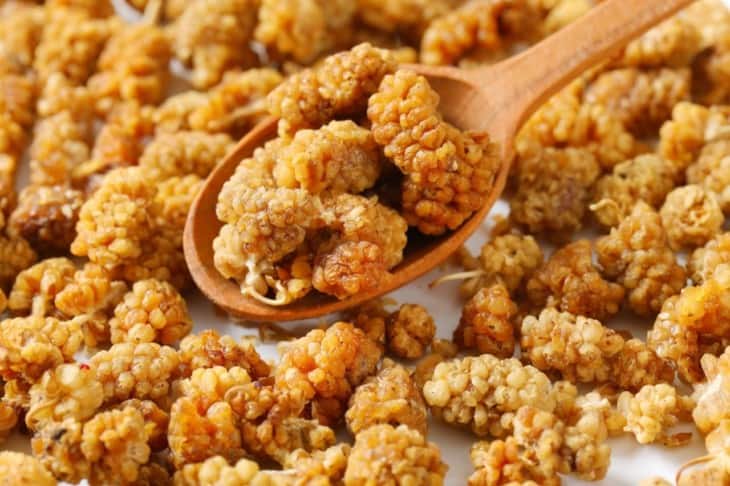
Are Mulberries Poisonous to Cats?
Mullberries are not poisonous to cats, as long as they eat them ripe and in small amounts. They are not likely to eat too many of them, but if they do, they can get an upset stomach. Mulberries have some of the same health benefits for cats as they do for dogs if they are ripe and eaten in small amounts.
If the mulberries aren’t ripe, they can cause an upset stomach and possibly hallucinations. Although cats are primarily carnivorous, they do sometimes eat berries and other plants. However, they aren’t usually too interested in eating too much. Just make sure that they don’t eat them when they aren’t ripe.
Are Mulberries Poisonous to Livestock?
Ripe mulberries are not poisonous to horses. In fact, horses love them. The leaves are digestible for horses, as well. However, they shouldn’t eat large amounts. Horses are herbivores, and they are meant to graze and forage. If they eat too much fruit with the sugar content, they can develop greater problems later on.
Mulberries are not poisonous to goats, either. Goats love to eat mulberries, and they will eat their leaves. The leaves are considered an excellent feed supplement for sheep, as they are full of nitrogen, sulphur, and minerals. They also have protein. They can help goats and sheep gain weight when they are growing, and they improve milk production.
Mulberries aren’t poisonous to chickens. In fact, chickens love mulberries. Most free range chickens will eat anything they can find. If chickens eat a lot of mulberries, it can be a laxative for them. They are rich in antioxidants, minerals, and vitamins. They actually help with digestion and boost their immune systems. They have some calcium, which helps with egg production.
It is important to remember that any fruit, including mulberries, should be a small part of a chicken’s diet. If you have them growing in the yard, it is important to restrict their ability to eat them. The reason is that they need the nutrients in their chicken feed.
There is no evidence that the leaves are toxic to chickens, but chickens are pretty good at avoiding plants that are not good for them. However, it is a good idea not to let your chickens eat mulberry leaves.
Are Mulberries Poisonous to Wildlife?
Mulberries are not poisonous to deer. If you have a mulberry tree, you may have a hard time keeping deer away from it. Not only will deer eat mulberries, but they will eat the leaves and twigs from the tree. If you plant a young mulberry tree, the deer are likely to eat it before it matures.
Other wild animals, including birds, foxes, raccoons, opossums, skunks, and squirrels will also eat mulberries. So will wild pigs. Mulberries ripen early in the season, and they are a source of food for these animals. If you plan to gather your berries, you will definitely have some competition.
Often, hunters who want to hunt on their property will plant mulberry trees because they attract deer. They produce fruit at a young age compared to other trees, and deer can’t resist the leaves. Mulberries are the first to mature in the season, so they draw the wildlife out from their winter hibernation.

